DEIB
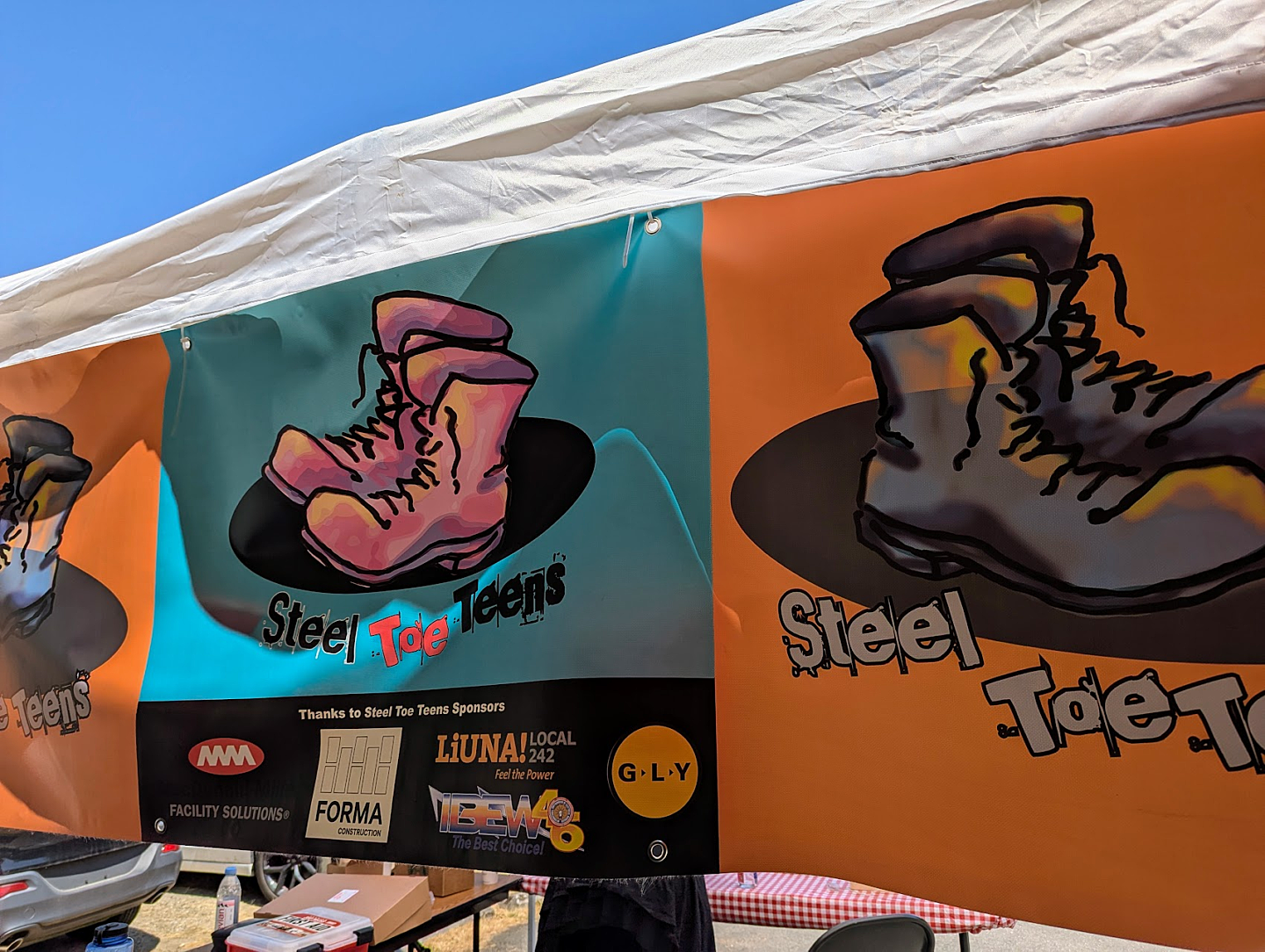
Insights 08.20.2025
Steel Toe Teens Camp—Why Early Exposures Matter
From power tools to possibility—Elie Egan reflects on volunteering at a camp that introduces girls to the trades.
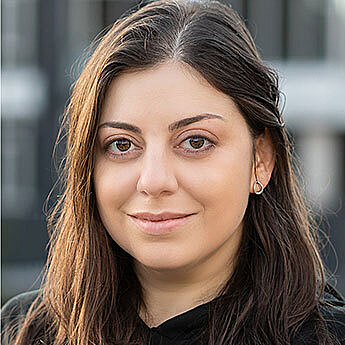
Elie Egan
General Forewoman
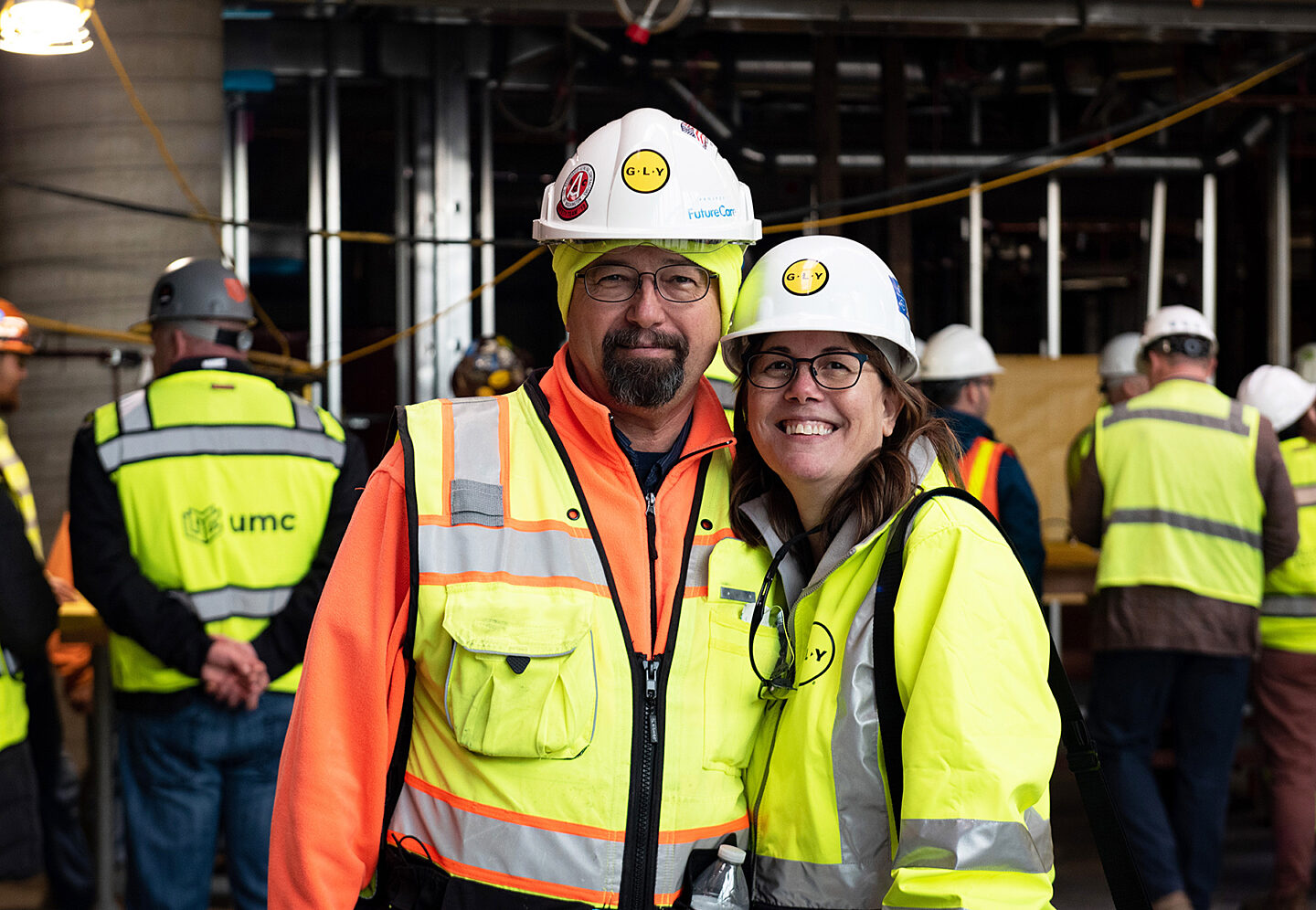
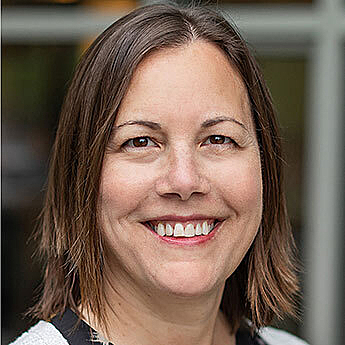
I had the opportunity to travel to New York City recently, where I walked the same Manhattan streets my Irish American grandmother walked as a young working woman in the 1940s. In fact, she was part of the largest proportional rise of working women during the entire 20th century.
As we look back on March, Women’s History Month – also Irish Heritage Month – I want to honor her by sharing her story with you, along with some reflections of my own.
By 1940, Reader’s Digest had surpassed 1 million copies a month and was the best-selling publication in the country—exceeded in sales only by the Bible. This was about the time a young high school grad named Henrietta Denton wandered into the Digest’s basement office in Greenwich Village, Manhattan, looking for work.
She was a gifted writer and editor. And she could type like her life depended on it, a handy skill for a job involving curating and condensing articles of interest from other periodicals. She was hired on the spot, earning $15 per week.
In 1940, only 28% of women were working; by 1945, this figure exceeded 34% percent. And by the end of the 1940s, our nation had experienced its greatest surge of proportional labor force participation by women.
As for Henrietta, she met her future husband, Harold German, at a neighborhood party sponsored for U.S. servicemen awaiting transfer to Europe in 1943. Henrietta wrote letters to Harold throughout his three years at war, and when he returned in 1946 they were married and moved across the country to Bremerton, Washington, where they raised three daughters and Harold worked at the U.S. Naval Shipyard until retirement. One of those daughters, Beverly (German) Moore, is my mom.
And so, for over 80 years, the women in my family have always worked. I am proud to be one of them.
GLY hired me in 1999 as a Project Administrator, and my first project was a surgery department renovation and expansion at Overlake Medical Center. A few years later I worked in the main office while the marketing manager was on maternity leave. I learned how to use desktop publishing software and wrote stories about our projects, maintained staff resumes, crafted brochures and proposals, and produced company newsletters. When I close my eyes I can still hear the "kerchunk kerchunk" of the old binding machine and recall the thick, inky, pulpy smells of the Sodo printing facility where I participated in my first press check.
Like my grandmother, I love to write. When I discovered I could make a living working as a writer in construction, for a company that appreciates me and pushes me to always be better at what I do ... I was hooked. I told my parents I’d decided to build a career in a male-dominated industry, but they didn’t bat an eye. They were proud of me for following my heart.
The nearly two decades which followed were filled with people and projects I’ll never forget. There was always a lot to learn – and there still is – and when there wasn’t someone readily available to teach me what I needed to know, I looked outside my immediate walls. Which brings me to my first of three reflections on inequities in this industry, and things we can all do to advance the deep cultural work to make workplaces better for everyone.
Building a peer network is vitally important for women to succeed in this industry. I get this question a lot: which professional organization should I join? Women-focused organizations — Women in ________ (insert industry or occupation)—are sometimes frowned upon because they don’t truly progress inequity solutions. That’s one opinion and I’m not going to counter it. I’ll just say that I think any organization that welcomes all is worth investigating to see if it gives you the professional enrichment opportunities, sense of belonging, and authentic support you need to stay energized about what you do.
For me, SMPS has been invaluable and instrumental in shaping me into the marketer I am today. Some of my best mentors and friends are people I met while immersing myself in educational events, committee volunteering, and eventually, board service. But joining professional organizations are only one way to build a network. Check out this great blog post which recaps a series of virtual events on this topic featuring GLY staff and their collaborators at Coughlin Porter Lundeen.
A closely related second reflection is: making this industry one that appeals to every bright mind is a massive opportunity to move the socioeconomic needle. Here are some current statistics from the Bureau of Labor Statistics:
Despite this clearly pressing need for workers – some experts predict up to 2.2 million more over the next three years – there are still significant barriers for women and people of color to enter the industry.
There are many strategies to building a sustainable pipeline of diverse talent – just ask our fantastic HR team. One of the great organizations that GLY sponsors is ANEW, which provides high-quality, pre-apprenticeship training programs that help individuals obtain careers in construction trades. You can support ANEW as well, by donating gently used gear or tools.
My third and final reflection is something I believe everyone can see: the burnout is real. The urgency around advancing diversity, equity, and inclusion has never been higher.
The annual McKinsey Women in the Workplace report provides a lot of data on this. Like countless other workplace studies, it points out microaggressions that undermine a woman professionally — such as being interrupted, spoken over, or having their judgment questioned — as reasons for leaving a job, or even an industry altogether. But there’s more to it; women are flat out facing a historically high risk of burnout, and statistically speaking, men aren’t far behind.
Our DEI Committee continues to lead the way on this, and there are things you can do, too, starting with educating yourself on burnout.
Burnout is a result of a mismatch between the demands of your job and available resources, and two of the most common signs are insomnia and headaches. To learn more, I encourage you to read this recent New York Times article. The best thing you can do for yourself or someone else is get support; do not ignore symptoms. The article contains helpful suggestions for brainstorming with your co-workers/supervisors about fixes for chronic job stressors. We should all be striving for workplaces where everyone thrives.
On a final note, I want to make a plug for the wonderful Irish Network Seattle, a non-profit business and social network open to all Irish, Irish Americans, and friends of Ireland living and working in the greater Seattle area. Shoutout to Amanda Privitt, CPSM, who happens to be IN’s Board President, Marketing Manager at Cochran, and my longtime friend through SMPS.
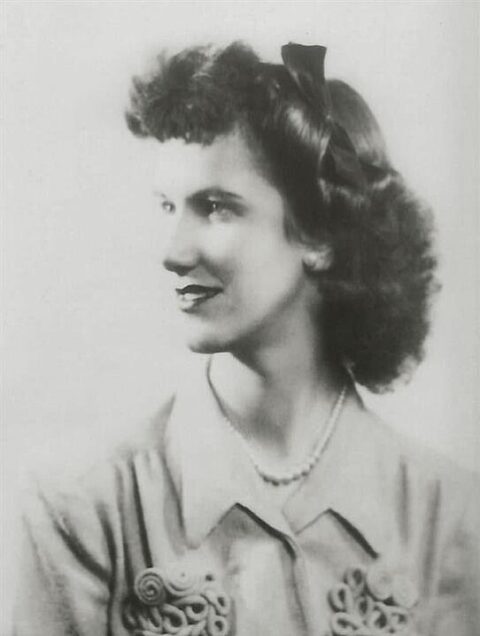
My grandmother, Henrietta W. Denton, high school graduate in 1940.
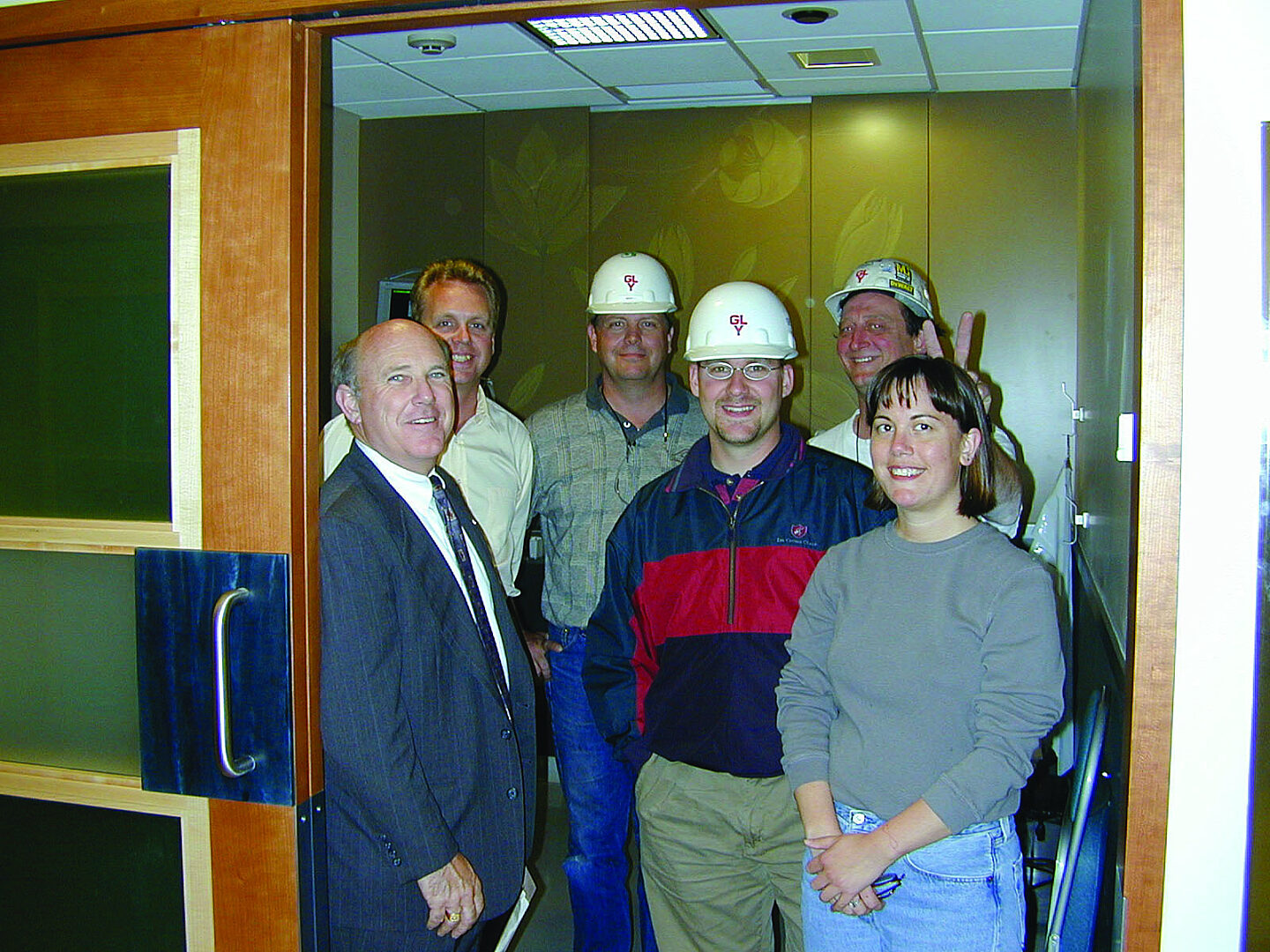
My first GLY project, at Overlake Medical Center in 1999 with (L-R): Roger Anderson (retired CEO), Dave Snaring, Scott Jessen (retired Superintendent), Jon Friedrichsen, and Matt Wentz.

Fast forward 20 years to Overlake Project FutureCare with my brother-in-law Jerry Cochrun. Jerry recently retired after 45+ years as a GLY Superintendent.

Director of Marketing+Communications
CPSM
A healthy dose of serendipity led Melanie from the Peace Corps third world to the A/E/C integrated world, where she discovered a love for working with the people behind the concrete. Nearly 20 years later, she is contributing and receiving ideas and inspiration for marketing, communicating, and developing business as the Director of Marketing + Communications at GLY! A self-described thinker, linker, and obstacle shrinker, Melanie likes to approach her work with these three questions: Who is our audience? What do they need? How can we reach them and develop trust?